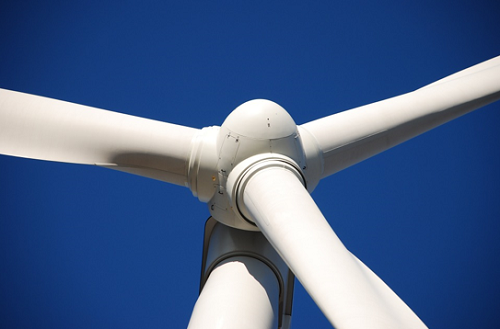
By Warren Miller, contributing writer
Could all of the countries that supported the Paris agreement on climate change subsist on 100% renewable energy by 2050? According to the latest research out of Stanford University, it just might be possible. In a study published in Joule, Cell Press’s new peer-reviewed journal focused on advancements in sustainable energy, Mark Z. Jacobson, a professor of civil and environmental engineering at Stanford, posits that 139 countries could rely entirely on wind, water, and solar power by the midpoint of this century.
In the study, Jacobson and 26 of his colleagues examine each country’s renewable energy resources and assess how many wind, water, and solar energy generators each nation would need to construct to be 80% renewable-energy-reliant by 2030 and 100% reliant by 2050. According to their estimates, only about 1% of the total available land and rooftop space would be needed to accomplish these goals. Countries with large open swathes of land, such as the United States and China, will have the easiest time making this transition, according to the study. Smaller countries with less undeveloped land area may need to build offshore solar paneling in neighboring bodies of water to meet the 100% threshold.
The study doesn’t focus only on the environmental benefits of transitioning to renewable energy. A move to renewable energy sources like the one that the study describes would have colossal secondary benefits, too. The researchers project that 4−7 million deaths caused by air pollution each year would be prevented, and as many as 24 million long-term jobs would be created in the renewable energy sector worldwide.
Advertisement
Learn more about Electronic Products Magazine





